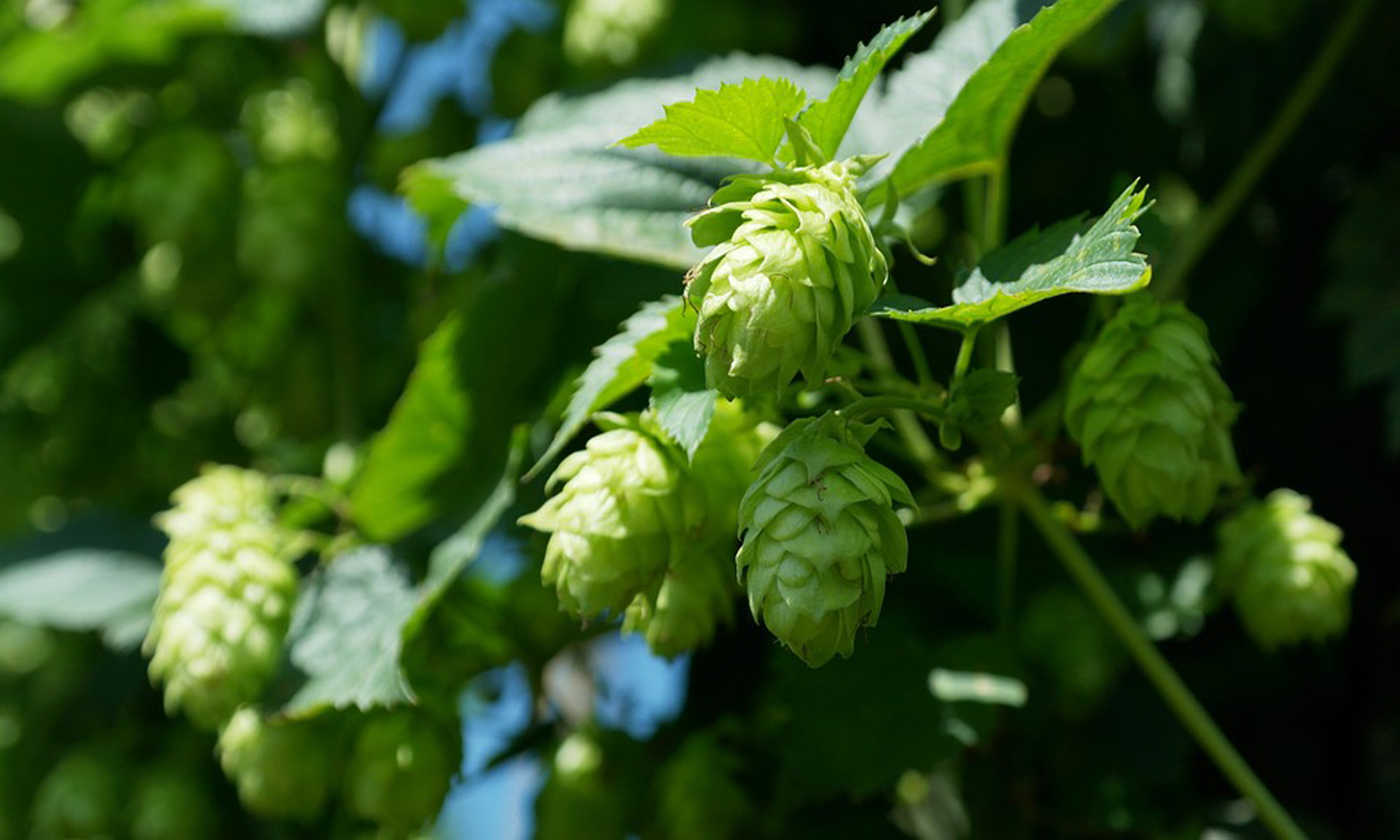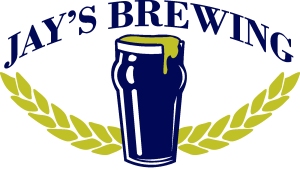SMaSH Brewing is a great way to learn about different ingredients and how they work, also you can come up with some great beers using this as a tool. The question that you might be asking right now is, “What is SMaSH brewing?”. You see this term tossed around a lot and if you are new to the hobby or even a vet in the world of homebrewing you now know we homebrewers have acronyms for just about everything.
SMaSH stands for, Single Malt & Single Hop. Essentially this is really aimed towards brewers that are in the world of all-grain but you can also do this with extract and specialty grains. What you do is you choose a base malt and then one hop.
By only using one base malt and only using one hop you learn a lot. First thing you learn is how that base malt actually taste. In my mind this is a minalmist beer. You will actually learn what Pils taste like or what American Pale taste like. In the past if you use a lot of specialty grains in your beer, sometimes it’s hard to know if the base malt is what is sweet, or is that just the crystal 60l. Or is this malt naturally that bready in flavor or is that the munich? By stripping back the beer to just the basic level you can really start to learn how certain malts work together. From there you can start to add specialty grains and see how the different flavors and aroma work and how they add complexity to the beer.
The same goes for the hops. With the hops you will just use one hop. In a typical SMaSH you will use that hop for every single addition so that means add it in for bittering (at 60 minutes), flavor (20ish minutes), and aroma (15 minutes and less). You can start to see how the hop bitters, has certain flavors and how it works for aromatic purposes. Again, a great tool to learn the potential of that particular hop as well as the limitations.
If you are an extract with specialty grains brewer the same can be done. It really gets limited though. You would only want to work with Pils light or Golden light. The reason for this is that Amber malt extract already has crystal malt added to it. The same goes for Dark malt extract, this has chocolate as well as roasted. You would then learn how the certain malt extracts taste and can start to build flavor profiles with the specialty grains.
Really at the end it should be viewed as a tool. I’ve made some really good SMaSH beers in the past that have turned into simple/cheap beers I make in the summer time but don’t expect some really complex beer out of something that is meant to be simple. In fact that’s what’s so nice about doing this, you really get a beer that doesn’t have a ton of bells and whistles to it and is just an easy beer to drink rather than being super complex. This style of beer if it’s a good one has it’s place.
An example of what a SMaSH would look like is this:
10 lbs Pale Malt
.75 oz Cascade (60min)
1 oz Cascade (20 min)
1 oz Cascade (10 min)
2 oz Cascade (5 min)
1 oz Cascade (dry hop)
The point of that would be to see how pale ale malt taste and also to see how the hop (cascade) bitters, adds flavor, and smells. The same can be done for extract. An example of this would be:
6 lbs Dry Golden Light
1 oz Amarillo (60 minutes)
2 oz Amarillo (15 minutes)
The extract with specialty grains can be a bit more limiting on the extract that you use because well, there just aren’t as many types, but there are different brands so you can always go with that method.
Conclusion
At the end what you should take away and consider with this new knowledge is, if you want to learn about a new hop that’s out or really want to focus on what base malts you like and which ones you don’t – SMaSH brewing is a technique that will make it more obvious. As always I hope this helps and good luck with your future brews!
Related Post


































